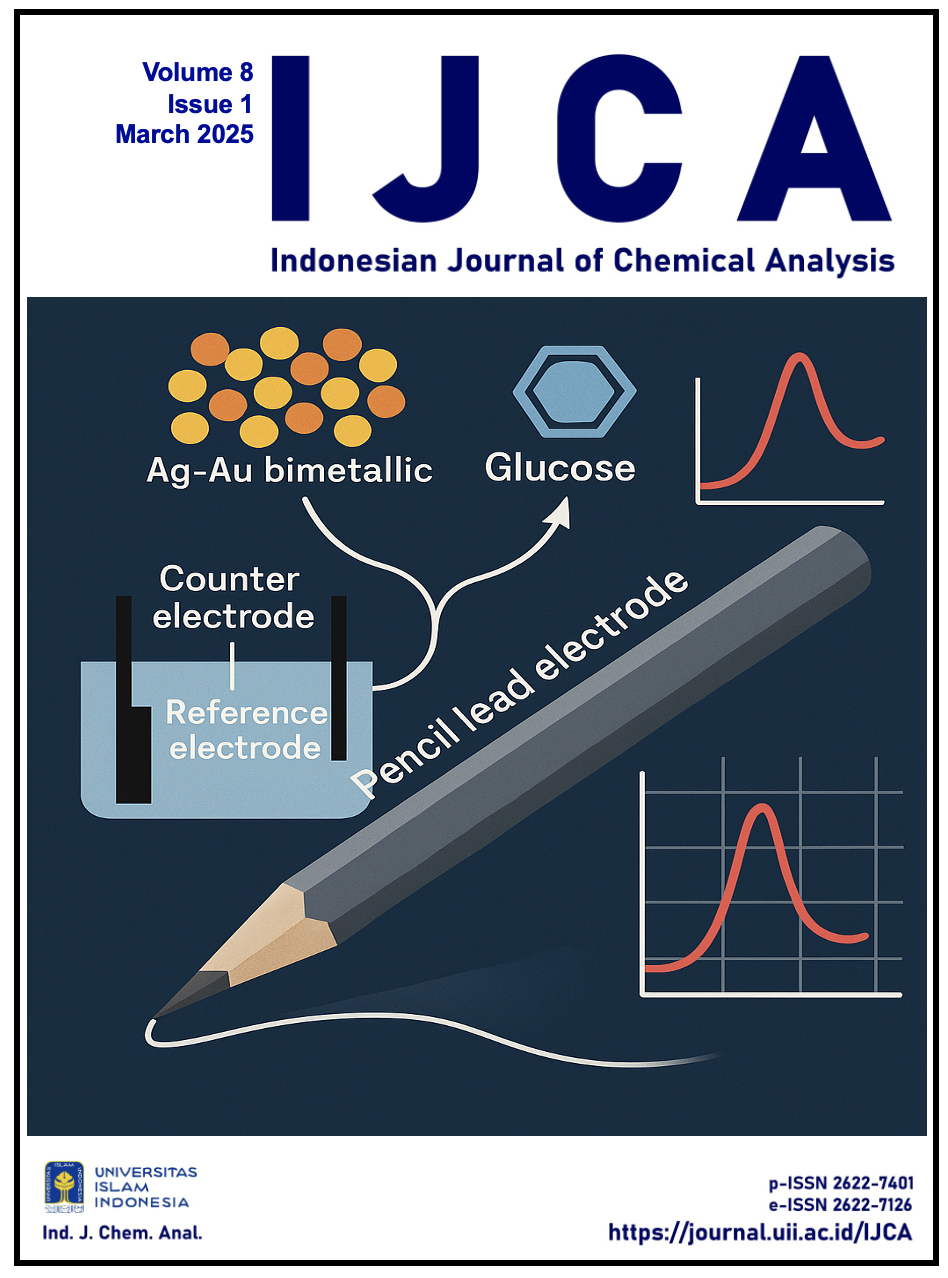Main Article Content
Abstract
This study's goal is to maximize the soil's iron revocation process by exploiting the CCD (Central Composite Design) and RSM (Response Surface Method) experimental designs. Kendari, Kolaka, and Southeast Sulawesi are the laterite rocks used in this study. XRF testing is used to identify the mineral components contained in laterite rocks. The iron content of the laterite rocks is 68.90% according to XRF analysis, and the remaining metal content needs to be separated by leaching. Variations in the S/L ratio, leaching time, and leaching temperature were used in the leaching process, and these changes had an impact on the amount of extracted iron. Atomic Absorbtion Spectroscopy (AAS) is used to assess the leaching process results and quantify the iron concentration. Using CCD-RSM to optimize process settings, ideal conditions are achieved at a 1:1 S/L ratio, a 90-minute leaching period, 80°C, and a 19.20% iron extraction concentration. As a result, this study not only increases the iron's efficiency but also offers a technique that may be used to extract additional metals from lateritic rocks or comparable materials.
Keywords
Article Details
Copyright (c) 2025 Rasikha Alifah Hernanda, Muhammad Fakhri Izzul Haq, Suprapto Suprapto, Yatim Lailun Ni’mah

This work is licensed under a Creative Commons Attribution-ShareAlike 4.0 International License.
You are free to:
Share — copy and redistribute the material in any medium or format
Adapt — remix, transform, and build upon the material for any purpose, even commercially
Under the following terms:
Attribution — You must give appropriate credit, provide a link to the license, and indicate if changes were made. You may do so in any reasonable manner, but not in any way that suggests the licensor endorses you or your use.
ShareAlike — If you remix, transform, or build upon the material, you must distribute your contributions under the same license as the original
No additional restrictions — You may not apply legal terms or technological measures that legally restrict others from doing anything the license permits




